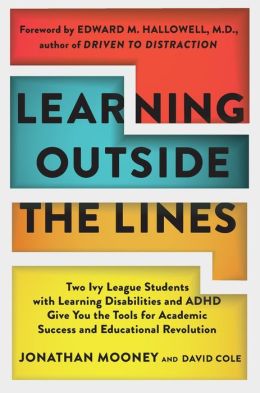Back-to-School Dates for your
area:
Franklin County Schools
Montgomery County Schools
Bedford County Schools
Roanoke County Schools
Virginia Western Community College
Roanoke City Schools
Salem City Schools
Roanoke College
Hollins University
Virginia Tech
Franklin County Schools
Montgomery County Schools
Bedford County Schools
Roanoke County Schools
Virginia Western Community College
Roanoke City Schools
Salem City Schools
Roanoke College
Hollins University
Virginia Tech
Please comment
on the blog if there are any school openings that you would like to see listed!
I will add them as the requests come in!
Disclaimer:
Many of these ideas are ripped from a book called “Organize Now!” It has lots
of great suggestions and divides the tasks up by week to make it easier for any
home to become more organized.
§ Schedule all
check-up appointments before back-to-school. Doctor, dentist, and eye care if
necessary. Many schools require certain vaccinations in order to attend. Plus,
if your child is going to engage in fall sports, they will need a physical
before they can participate.
§ Create two
“drop-zones.” Have issues with stuff getting thrown around as soon as the kids
walk in the door? I think every parent has nightmares trying to control the
“kid clutter.” I find that having a nice large trunk for backpacks and lunch
bags is a great idea. It keeps the mess hidden and it makes these items to
locate the next morning. Plus, it will make it easier to do the “backpack dump”
so you can find the necessary paperwork/announcements/grades to help your
child w
§ Hang a
white-erase board. List the child’s name, if you have more than one, and the
subjects under the child’s name. If your child has a constant reminder of what
needs to be done, they may be more eager to erase each task. You may want to
set up a reward system such as 15 minutes of game/TV time for every task
finished. Check over your child’s work. This will allow you to know what they
are doing and whether or not they understand the material.
§ Designate a
study location. Preferably away from any visual stimulus such as the TV or
computer, unless the computer is needed for the homework. If you have more than
one child, you may want to set up a card table that has all the supplies your
children will need in the middle of the table. This makes it easier to clean up
and contain.
§ Don’t over-schedule
your child. Allow them to pick one or two activities to be involved in. Your
child will know when they have surpassed their limit and they will let you know
with a lot of push-back and negative behavior and attitude. But do push them to
try a variety of activities while they are learning what they are interested
in.
§ Poor morning
attitude? Pump up the volume! Playing music in the morning may help put your
child in the right from of mind for the rest of the day. Choose classic
favorites like Motown or old Dance songs. I really like Beyonce’s “Move Your Body” and Chubby
Checker’s “Twist“.
§ Give your child
a break. I would come home in the afternoons and unwind for half an hour, grab
a snack, and allow myself to clear my mind before diving into homework. Your
child is not an automaton please don’t think that they can perform like one! Let them
have another break when they accomplish difficult homework tasks. It’s
difficult to switch your brain from Math to History in one fell swoop!






